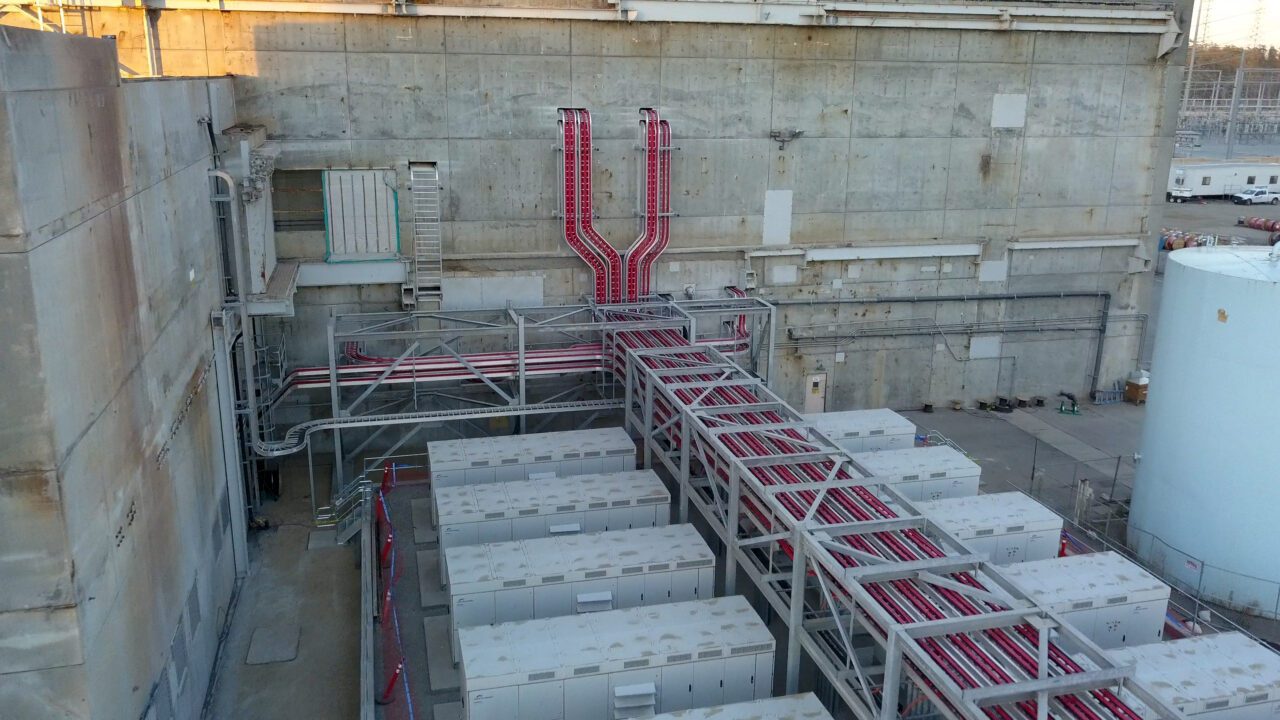The POWER Interview: A Snapshot of the Energy Storage Market
Credit to Author: Darrell Proctor| Date: Wed, 03 May 2023 17:02:53 +0000

Energy storage continues on an upward growth trajectory, with new projects seemingly being announced every day.
POWER looked at advancements in battery energy storage technology, and trends in the sector, in the March 2023 issue. A number of experts within the energy storage industry provided their views on the issues impacting storage.
Among those experts is Kevin Kohlstedt, director of Business Development at California-based Energy Shares, a group working to expand investment opportunities for utility-scale renewable energy projects. Kohlstedt, a veteran of the renewable energy business with experience in energy efficiency and project development, talked with POWER about several aspects of the energy storage market, including noteworthy projects and technologies, along with challenges facing the industry.
POWER: What do you see as the growth prospects for energy storage?
Kohlstedt: Yes—we see continued growth and this is consistent with industry metrics from folks such as American Clean Power. Another key indicator of this growth is the backlog of projects in the interconnection queues. Storage projects in these queues can be under review for feasibility for between 2 to 5 years. We are starting to finally see storage projects being completed and approved in the interconnection queues. This will be a clear indicator of these projects coming online in the near term.

POWER: Could you provide details (name, location, capacity, etc.) of any energy storage projects you think are noteworthy?
Kohlstedt: Two projects come to mind. Moss Landing, a battery energy storage system (BESS) near the San Francisco area, is a 1,600- MWh battery storage plant and is deemed the largest in the world. It leverages Tesla batteries and is a true showcase of large-scale storage projects.
Gateway Energy Storage, an LS Power facility near San Diego, can store 250 MWh of energy all from a connected solar farm. This is a great example of storage-plus-solar solution in action.
POWER: What are the current major challenges for the energy storage sector?
Kohlstedt: There are three major challenges right now—the delays at the interconnection queues, which cause project timelines to be quite long, while the teams at the point of interconnection are doing their analysis and studies prior to authorization.
Then there are supply chain delays and lack of available raw materials. Both cause additional delays in rolling out new storage projects. Availability of lithium for batteries is a global issue.
A third challenge is safety … controlling fire risks and thermal runaway, which is causing delays while needing to implement suppression systems and risk mitigation controls prior to going live. This is of key concern as most storage projects are in urban and suburban areas near consumers, not out in the middle of the desert.
POWER: Are there new storage technologies being developed that will support the industry?
Kohlstedt: Yes—we see three categories of new technology for storage—and the key is that lithium-ion is great for laptops and small consumer devices, but not truly a utility scale solution for storage, especially with the lack of consistent supply of lithium and its unstable nature.
- New battery chemistry to replace lithium-ion—this includes new types such as flow batteries which are a type of electrochemical cell, salt or sodium batteries, and a new type called iron air batteries, which use air to create rust out of iron to store energy, and then the process is reversed to release the energy.
- There is a process to store energy using gravity which is useful for large-scale storage in utility solutions. It basically uses the concept of storing energy by lifting or raising rock and then reversing it to release the energy. There is also a version of this called pumped hydro storage used in hydro electric production centers.
- The third technology we are monitoring is green hydrogen where you use power from solar and wind farms to create hydrogen by removing oxygen and then storing it under pressure, leading to the ability to potentially store 100 GW of electricity at a location.
Battery technology is quite exciting, as we see the future of what can be used to handle utility-scale safely.
POWER: How important is the siting of energy storage projects? Should they be installed at substations, and/or at various points along the power grid?
Kohlstedt: Siting is key to success. Most storage projects need to be closer to the end consumer of the electricity, so this creates unique requirements and safety concerns as this means storage centers are in urban and suburban areas. They are being used at substations as well as near existing power infrastructure.
POWER: Will there be rapid growth in energy storage for residential, and for commercial and industrial sites?
Kohlstedt: Yes, as consumers become more and more electrified with their devices and vehicles and appliances, they are depending on a steady flow of electricity and with more recent brown and blackouts … this puts greater and great demand on our power infrastructure to support consumers.
POWER: Will utilities drive growth in energy storage, or will more growth come from private (or governmental) investment in storage projects?
Kohlstedt: This is definitely a shared effort. You have funding in the form of tax credits at the federal level from the Inflation Reduction Act, and now battery technology qualifies for the 30% tax rebate. This is motivating consumers to buy storage and for more and more manufacturing within the U.S. to support the growing demand. These new manufacturers are also receiving private investment to help fuel their growth to meet consumer demand faster.
—Darrell Proctor is a senior associate editor for POWER (@POWERmagazine).
The post The POWER Interview: A Snapshot of the Energy Storage Market appeared first on POWER Magazine.